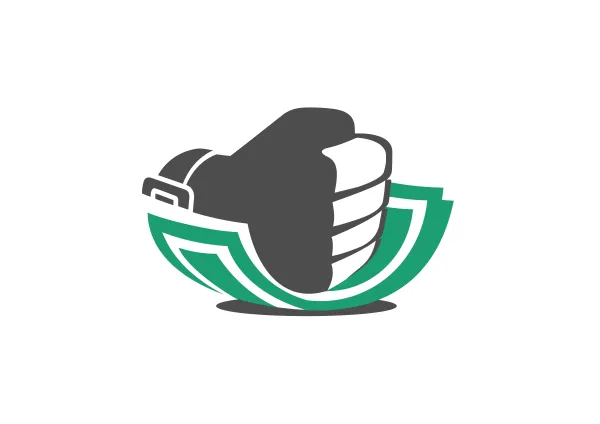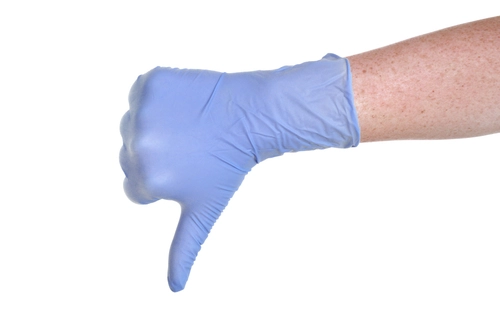Part B Insider (Multispecialty) Coding Alert
Know the Differences Between PT and Chiropractic Services to Avoid Denials

Question: In my orthopedic practice, we occasionally refer patients to a respected, local chiropractor. Recently, we sent an existing patient with chronic back pain over to him. The claims were denied because the services did not improve the symptoms. In last week’s issue of Part B Insider, you discussed what is an acceptable claim in detail. Can you explain why this might have been denied?
--Alabama subscriber
Answer: “Chronic pain” is the key to the denial. CMS distinguishes the two different areas of chiropractic care as acute and chronic.
These 6 Things Must Happen
In order for the claim to be accepted and the referral to be valid, the pain must be determined to be acute. These are the criteria that must be met:
-
An acute subluxation of the spine must be present.
-
The services that will be rendered from chiropractic care must be reasonable and medically necessary.
-
The care given will decrease or arrest the pain from the subluxation of the spine.
-
The condition must be well documented with either x-rays and the P.A.R.T. exam or both.
-
The chiropractor must be deemed qualified by the state he or she received licensure.
-
All local coverage determination (LCDs) are closely monitored to ensure that the MAC jurisdiction mandates are followed.
Denials may happen. Unfortunately, denials and audits are quite frequent regarding chiropractic referrals and care. This is mostly due to the gray area that exists between acute and chronic, maintenance therapy, and the lack of adequate procedures.
Update. In a report published Aug. 17, 2016, the OIG outlined billing problems related to a Michigan chiropractor. They found 92 of 100 sampled claims incorrect and not compliant with current Medicare rules. The OIG records show the financial result was an overpayment of almost $340,000.
The three main reasons for the denials were:
-
Documentation did not support the claims.
-
The care was maintenance therapy, and therefore not covered.
-
The manual manipulation of the spine would not or could not improve the symptoms and diagnosis.
Final clarification. Both acute and chronic subluxation are covered under Medicare, but once the treatment for chronic pain becomes routine, and the patient shows no improvement from the treatment, that is considered maintenance therapy and is not covered under the chiropractic regulations.
“A patient’s condition is considered chronic when it is not expected to significantly improve or be resolved with further treatment (as is the case with an acute condition); however, the continued therapy can be expected to result in some functional improvement,” MLN Matters® article SE1602 says. “Once the clinical status has remained stable for a given condition, without expectation of additional objective clinical improvements, further manipulative treatment is considered maintenance therapy and is not covered.”
Related Articles
Part B Insider (Multispecialty) Coding Alert
- Affordable Care Act:
New PACE Update Focuses On Flexibility and Stability for Seniors
ACA implementations to PACE encourage embracing new technologies to protect the aging. Your Medicare patients [...] - Incident-To:
Watch Your Incident-To Claims When Your Physician Is Out of Office
Take a look at these points to refresh your staff on how to properly bill [...] - Reader Questions:
Know the Differences Between PT and Chiropractic Services to Avoid Denials
When referring patients to a chiropractor, make sure you understand what CMS covers. Question: In my [...] - Part B Coding Coach:
Don't Let Trach Tube Procedure Claims Get You Down
Expert advice on global days and bundling rules to ensure your trach tube claims are [...] - Physician Notes:
Couple Gets Prison Time for Masquerading as Physicians in Portable X-ray Scam
Plus: CMS Releases 2014 Part D Drug Data The use of portable imaging has skyrocketed [...]




